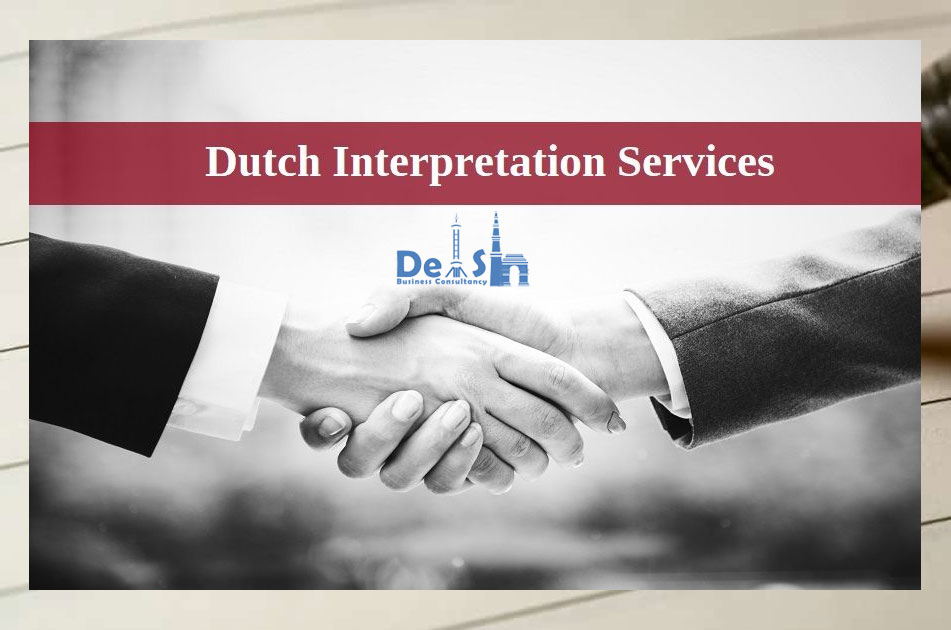
Though audio and video formats are considered to be an effective mode of knowledge transfer, transcribing - converting audio and video files into a written document – is also prevalent in the media and content-related industries. The reasons may differ from person to person. But the demand for transcription is common everywhere. Transcription varies from translation which is the conversion of content from one language to another. At the same time, transcription is the literal writing down of the words in the given file format. As a person based in Delhi, I prefer reaching out to an experienced content writer in Delhi for my transcription. But many prefer professional transcribers.
Get yourself familiarized with transcription!
Here is what you need to know about transcription to understand it better
Why transcription?
Inevitably every form of content is expected to be documented and filed like it is to be evaluated by experts anytime soon. But the thing is, transcribing – though it seems like hard work –helps you curate and improvise the content. As a content writer in Delhi, there are instances when clients provide me with the transcribed document as a source to develop content for their site, and this is because going through a transcribed file lets you acquire in-depth knowledge of that content.
How does it differ from translation?
Translation involves converting content from one language to another. It has to be structured, free of grammatical errors, sentences need to make sense, and the addition of idioms is allowed meaning not translating the words exactly but rather using sentences that might convey the same meaning. All of these activities are prohibited in transcription. You would like to watch an underrated Hindi film from the 50s. To understand the film, you need to get it translated by a Hindi to English Translation Agency. But to recreate the film for the love of it, one has to go through the transcribed file and understand the plot and characters from its source.
Are there any types of transcription?
Despite sounding blunt – as transcribing is writing exactly what you hear of – there are few types of transcription. Verbatim transcription is the usual word-for-word transcription. Then there is intelligent verbatim, which clears the filler or futile words to document a clean transcription. Another type is called accurate verbatim transcription- which acts true to its title, transcribing everything from sounds to laughter to chaos. The client preferably needs to mention the kind of transcription they are looking for.
What are the benefits?
It will help you go through the audio and video content in a crowded area, be Easy to use for deaf people, helps you improve the content, enhances search engine optimization, no more taking notes while going through a video, better learning of the language, and many other.
Conclusion:
People can only get lost in translation and not transcription. For instance, as a non-Hindi-speaking person, I can get a Hindi scripture translated through a Hindi to English Translation Agency. But this will provide me only the context. Whereas translating a transcribed document will be a first-hand source of knowledge. So practice transcribing not only the content but also your feelings.



























